Tips On How To Make The Switch To LED Lighting
Would you like to lower your energy costs? Most people constantly scrutinize their electric bills, and since lighting is something you have a lot of control over, you can also help to control the amount of energy that you use. Although most people know that moving away from incandescent bulbs is more cost-efficient, some compact fluorescent bulbs that are available in the marketplace are expensive and don’t provide the same warmth that incandescent bulbs do. However, there are now LED (short for Light Emitting Diode) bulbs that have arrived on the scene that can be used outdoors as well as indoors.
When you hear LED you might think of the red lights on a ticker style of sign or those powerful small lights on pocket flashlights. However, LED lights can also be used in your yard and home.
6 Benefits Of Using LED Lighting
1. More light is produced per watt compared to fluorescents and incandescent bulbs. They also don’t generate any heat. Those two qualities help to save on electricity when it comes to lighting costs and helps to keep a room cool that can get overheated when incandescent bulbs are used.
2. Are hard to damage or break compared to incandescent and fluorescent bulbs.
3. Have longer useful lifespans (60,000 hours estimated) compared with incandescents (only 1,000-2,000 hours) and fluorescent tubes (about 30,000 hours). A quality LED light can give you 17 years worth of use or even more.
4. LEDs dim when they start burning out. This is preferable, especially in safety situations (basement stairs, garages, etc.) compared to an incandescent of CFL (compact fluorescent light) where the only way that you know it isn’t working is when the bulb doesn’t illuminate when you flip the switch.
5. LEDs light up fast.
6. There is no mercury contained in LEDs like there are in CFLs.
The one drawback that LED lighting has is the upfront cost. They are more expensive compared to conventional lighting technologies. But you usually can recoup your costs within one year by having to replace the bulbs less frequently and by having lower energy bills.
Indoor Uses
You might have your own personal lighting preferences, but generally speaking, “natural white” and “cool light” are great options for general ambient lighting and also spaces that need more task lighting, such as home offices, studies, and kitchen. A yellow hue is cast by incandescent lights. When LEDs are used you have more flexibility for using the lights throughout the different rooms in your house.
Generally speaking, natural white and cool lights are reliable options for most spaces and uses, however, a “daylight” or “natural” bulb is recommended for reading.
Outdoor Uses
Some people say that UV lights are something that many bugs are attracted do, and there are some LED lights that don’t emit UV light. So it may be worthwhile to explore LED landscape lighting options for your backyard to help reduce how many insects your lighting attract. LEDs have long lives, so they are ideal for those hard to reach lights that are on the exterior of your house, whether they are lights that need to be turned off and on frequently, back and front door lights, or floodlights.
Call us now or contact us today for more information regarding starting or finishing a new or existing outdoor lighting project of yours!
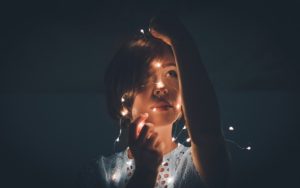 The pattern adds more rays on the vertex to the classic V. Since many lights will meet at a central point, that point will need to have a support that is extra strong in order to support the added pressure. Due to the added complexity and weight of this kind of pattern, having a professional do this for you is the best thing to do. Frequently this kind of sunray (or horizon point) kind of string light pattern are used in commercial spaces and lighting professionals such as an outdoor light company Houston Texas installs them.
The pattern adds more rays on the vertex to the classic V. Since many lights will meet at a central point, that point will need to have a support that is extra strong in order to support the added pressure. Due to the added complexity and weight of this kind of pattern, having a professional do this for you is the best thing to do. Frequently this kind of sunray (or horizon point) kind of string light pattern are used in commercial spaces and lighting professionals such as an outdoor light company Houston Texas installs them.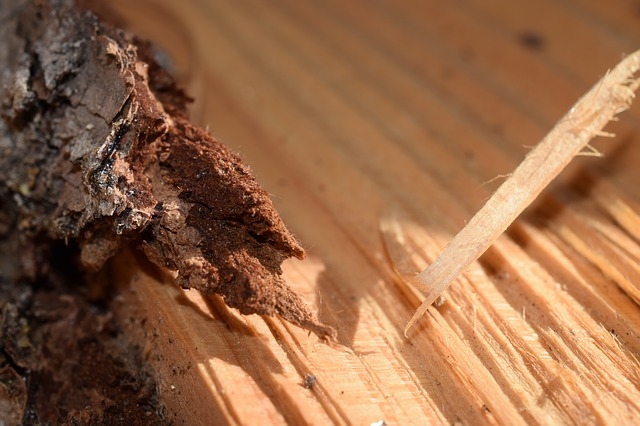 Cutting outdoor lighting wires are costly and common. This is a problem that is often encountered after a property has been power edged and mulched. Some or all the lighting fixtures may not turn on if this problem occurs. Outdoor lighting services in Houston can help fix this issue.
Cutting outdoor lighting wires are costly and common. This is a problem that is often encountered after a property has been power edged and mulched. Some or all the lighting fixtures may not turn on if this problem occurs. Outdoor lighting services in Houston can help fix this issue. We design, install and maintain customized indoor or outdoor string lighting systems. At
We design, install and maintain customized indoor or outdoor string lighting systems. At 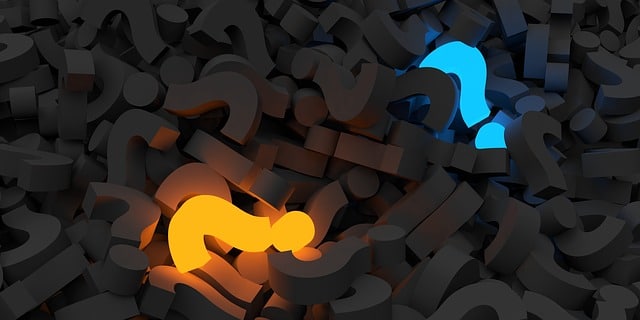 In its most basic form, light has numerous characteristics with each of them being described in their unique way. Features like angle, softness, hardness, intensity and even movement can play a significant role in the ways we interpret what we are seeing with our eyes. The various qualities that light possesses can also affect our mood as well as the emotional response we have to our surroundings. The color is another essential quality of the light that we see on a daily basis. Bold lighting colors, of course, are frequently used by the entertainment industry for creating spectacle, excitement or mood. However, in our daily lives, we all encounter color variations that are more subtle but just as important. Those variations, ranging from Moonlight’s cool tint as it filters through the trees, the noonday sun’s bright white, or warmth from a firelight are referred to as Color Temperature.
In its most basic form, light has numerous characteristics with each of them being described in their unique way. Features like angle, softness, hardness, intensity and even movement can play a significant role in the ways we interpret what we are seeing with our eyes. The various qualities that light possesses can also affect our mood as well as the emotional response we have to our surroundings. The color is another essential quality of the light that we see on a daily basis. Bold lighting colors, of course, are frequently used by the entertainment industry for creating spectacle, excitement or mood. However, in our daily lives, we all encounter color variations that are more subtle but just as important. Those variations, ranging from Moonlight’s cool tint as it filters through the trees, the noonday sun’s bright white, or warmth from a firelight are referred to as Color Temperature. Outdoor Lighting Don’ts
Outdoor Lighting Don’ts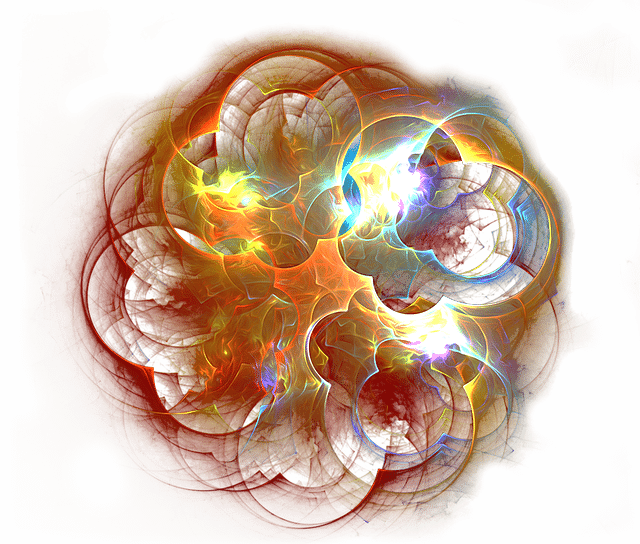 Create a Vibrant and Comfortable Oasis
Create a Vibrant and Comfortable Oasis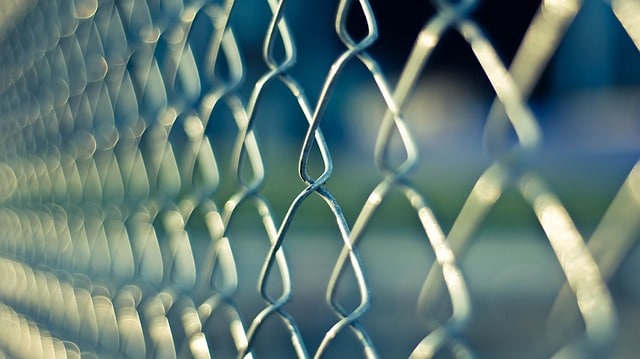 Landscape Lighting
Landscape Lighting Symmetrical Approach
Symmetrical Approach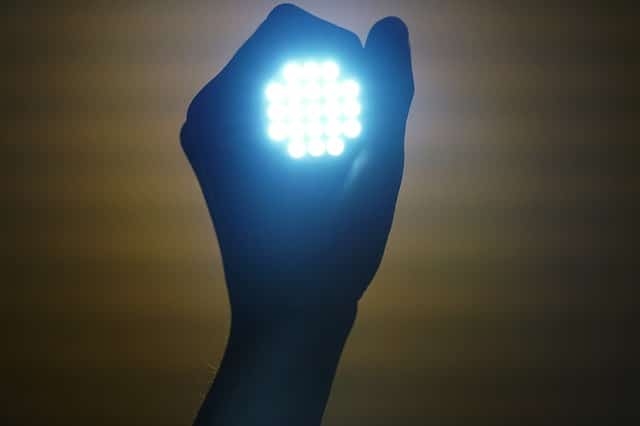 So in the residential outdoor lighting, traditionally the color white has been classified as cool white or warm white, this depends on its CCT. When there were more limitations on lighting sources and an item which was not available commercially was LED lighting, what was known as “warm white” was halogen, fluorescent, and incandescent lights with 2700K CCT or with 3000K CCT. What was considered “neutral” was fluorescents with a 3500K CCT and sources with a 4100K CT and above was considered to be “cool white”.
So in the residential outdoor lighting, traditionally the color white has been classified as cool white or warm white, this depends on its CCT. When there were more limitations on lighting sources and an item which was not available commercially was LED lighting, what was known as “warm white” was halogen, fluorescent, and incandescent lights with 2700K CCT or with 3000K CCT. What was considered “neutral” was fluorescents with a 3500K CCT and sources with a 4100K CT and above was considered to be “cool white”.